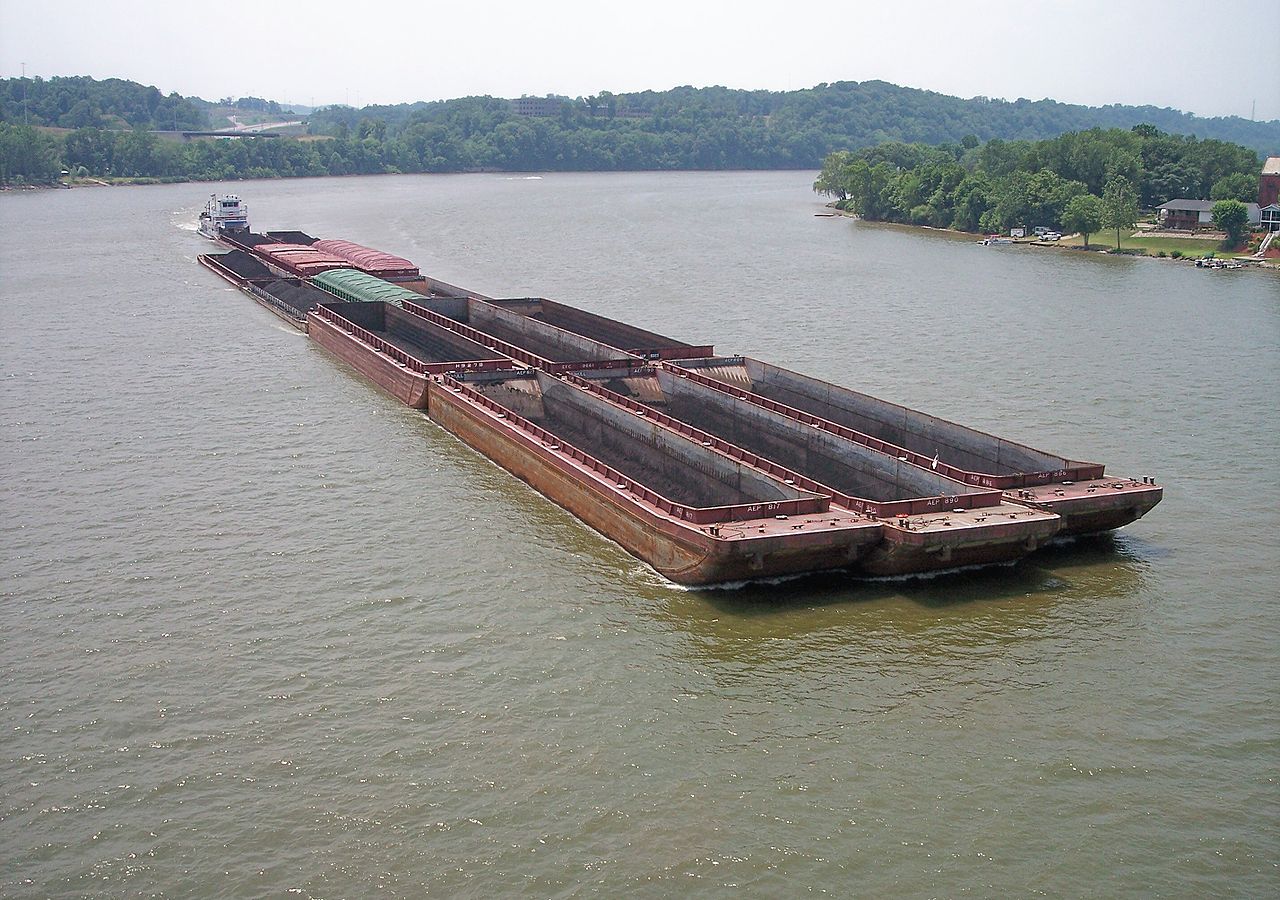The big news in transportation is the bankruptcy of the world’s seventh largest ocean containerized shipping line, Hanjin Shipping. The softness in the containerized ocean sector is largely capacity related. There have been too many new larger containerships displacing older smaller vessels. This has created a glut of too much capacity chasing too little cargo.
Chronic excess capacity does not appear to be a problem with domestic barge lines, but there is always concern when demand in a major cargo sector such as coal falls off rapidly. The decline in coal most likely will be permanent. One of the unique aspects of barge transportation capacity is that there are few alternative uses for it other than for the movement of cargo.
The barge industry had its own capacity meltdown in the early 1980s when too many “investor” hopper barges were built for their generous tax depreciation advantages. Similar to today’s containerized shipping overcapacity, barges built back then carried little if any cargo and spent most of their time in fleeting areas with investors paying the fleeting costs (back then only about $7 per day compared to $40 to $50 now). Many of these barges were built for premium prices of over $200,000 each and ultimately sold for a fraction of that if a buyer could be found.
The transport sector has been criticized as slow to modernize its equipment in terms of size and capacity. But the risks of over investment by too many companies chasing the size-capacity envelope have been well documented in the ocean shipping, tanker, dry bulk and container sectors.
It doesn’t look like the domestic coal decline will have a similar effect on the hopper barge sector, but newbuildings of dry bulk barges will likely be limited through the rest of this decade and into the next. There is simply too much hopper capacity chasing the current amount of dry bulk cargo, and cargo growth is too low to immediately absorb the excess capacity from the weak coal sector.
Sharp pencils will be needed to measure the service lives of the existing dry bulk hopper barge fleet affected by the coal downturn and determine when new construction for replacement and cargo growth might occur.




